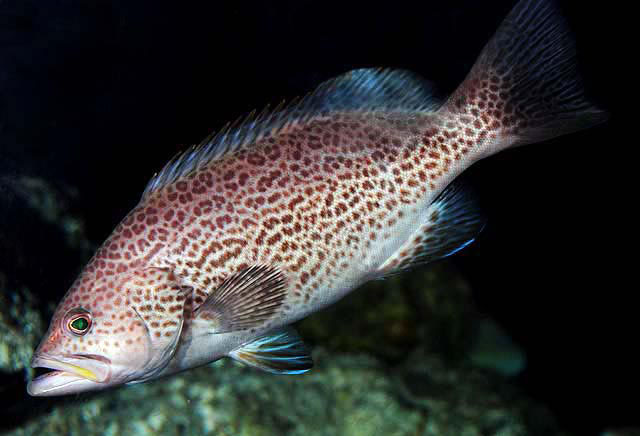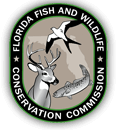Scamp
| Life History Parameters | Value |
|---|---|
| Maximum weight (kg) | 13 |
| Maximum age (year) | 31 |
| Age at length 0 (year) | -4.4 |
| Age at Maturity (months) | 24 |
| Maximum Length (cm) | 107 |
| Length at Maturity (cm) | 33 |
| Linf. Asymptotic Length (cm) | 77.2 |
| K - von Bertalanffy growth coefficient | 0.09 |
| Natural Mortality | 0.15 |
| Jan | Feb | Mar | Apr | May | Jun | - | - | - | - | - | - |
Habitat and Distribution
This species occurs in the western Atlantic from North Carolina to Venezuela, including the Gulf of Mexico and the western Caribbean. Adults occur on reefs, whereas juveniles are found mainly in mangroves and other shallow water habitats.
Spawning season in the Gulf of Mexico
This species is reported to spawn from January to June in the northern and eastern GOM, with peak spawning during March and April.
Spawning Patterns
Scamp form many small, transient aggregations of tens to hundreds of individuals on high-relief, offshore reefs (e.g. Oculina coral reefs) along the shelf edge at depths of 30 to 100 m. Spawning activity is believed to peak in the late afternoon and evening during new and full moons. Scamp are protogynous hermaphrodites with complex social hierarchies and pair-spawning, haremic mating systems. However, some spawning is thought to occur in small groups. Individual males are thought to pair spawn inside their defended territories with a group of females. Males are thought to exhibit high site fidelity for specific spawning sites, whereas females are thought to move amongst a larger range of multiple spawning sites defended by individual males. Scamp exhibit several ephemeral color phases associated with sex, spawning behavior, and social status.
Fishing Patterns in Relation to Spawning
Commercial landings are consistent throughout the year and average monthly landings vary between being greater during spawning and non-spawning months. Recreational landings increase in May and June, during the last month of peak spawning, but the average monthly landings also vary between spawning and non-spawning months among years.
Management of Spawning Aggregations
The commercial fishery is managed under the IFQ program and there are no seasonal closures. Net and spearing gear are prohibited in federal waters for the commercial fishery. The recreational fishery is subject to a daily catch limit of 4 that must fit within a total catch limit of 4 similar snapper in both federal and state waters. The recreational fishery is closed Feb. 1 - Mar. 31 beyond 20 fathoms. Madison Swanson, Steamboat Lumps and the Edges are closed year round. The minimum size is 16" TL for commercial and recreational.




